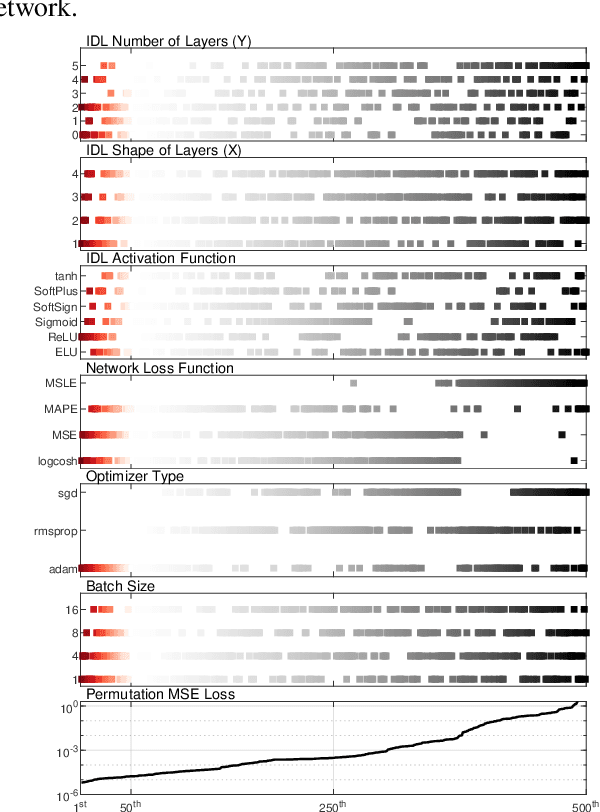Deep Surrogate Models for Multi-dimensional Regression of Reactor Power
Paper and Code
Jul 13, 2020



There is renewed interest in developing small modular reactors and micro-reactors. Innovation is necessary in both construction and operation methods of these reactors to be financially attractive. For operation, an area of interest is the development of fully autonomous reactor control. Significant efforts are necessary to demonstrate an autonomous control framework for a nuclear system, while adhering to established safety criteria. Our group has proposed and received support for demonstration of an autonomous framework on a subcritical system: the MIT Graphite Exponential Pile. In order to have a fast response (on the order of miliseconds), we must extract specific capabilities of general-purpose system codes to a surrogate model. Thus, we have adopted current state-of-the-art neural network libraries to build surrogate models. This work focuses on establishing the capability of neural networks to provide an accurate and precise multi-dimensional regression of a nuclear reactor's power distribution. We assess using a neural network surrogate against a previously validated model: an MCNP5 model of the MIT reactor. The results indicate that neural networks are an appropriate choice for surrogate models to implement in an autonomous reactor control framework. The MAPE across all test datasets was < 1.16 % with a corresponding standard deviation of < 0.77 %. The error is low, considering that the node-wise fission power can vary from 7 kW to 30 kW across the core.
 Add to Chrome
Add to Chrome Add to Firefox
Add to Firefox Add to Edge
Add to Edge